Amid unstable oil prices, reduced budget forecast, Dem-NPL lawmakers urge volatility study of state budget
FOR IMMEDIATE RELEASE:
Tuesday, March 14
Amid unstable oil prices & reduced budget forecast, Democratic-NPL lawmakers urge volatility study of state budget
(BISMARCK, N.D.) – Amid increasingly volatile oil prices and a reduced budget forecast released late last week, Democratic-NPL lawmakers introduced a resolution calling for the North Dakota Legislative Management to study the volatility of state revenue sources and develop proposals that help ensure the stability of the overall state budget.
“Let’s be clear, our state is facing a budget crisis,” said Representative Ron Guggisberg (D-Fargo), the primary sponsor of the resolution. “Each time a new revenue forecast is released, we’re told our state will have to swallow even more severe cuts than we previously thought. These cuts aren’t abstract; they’re tangible and they’re jeopardizing our ability to fund higher education, provide behavioral health and addiction services, and keep our promises on tax relief for working families.”
On Thursday, state budget officials released a revised revenue forecast, projecting $46 million less in the current 2015-17 biennium, and $103 million less in the coming 2017-19 biennium, than previously expected. Since the beginning of the legislative session, lawmakers have confronted a $1.4 billion revenue shortfall, and now must contend with an additional $150 million in reduced revenue in the current and next biennium.
“North Dakota’s budget crisis isn’t due to circumstances alone,” said Senator Erin Oban (D-Bismarck), a cosponsor of the resolution. “It’s a self-inflicted crisis that lawmakers brought on our citizens as they slashed revenues, increased spending and tied their own hands when it comes to accessing funds that could prevent some of the painful cuts we’re facing. Yes, we are an energy and agriculture-based economy, but lower commodity and oil prices are simply adding to a problem the legislature created over the course of the past decade.”
Last week, when the revised budget forecast was released, lawmakers received small but encouraging signs of an uptick in North Dakota’s oil production, although oil prices remained low. Yesterday, however, the global market for crude was experiencing a sharp increase in volatility, with CNBC writing: “After months of relative price stability, with WTI oil prices pinned between $50 and $55 per barrel, the floodgates of selling opened wide […] Prices for WTI will likely fall steadily back to the November lows near $42 per barrel over the next few weeks. The real test comes after that. Could we retrace the entirety of the gains off the February 2016 low at $26.05? It is quite possible.”
Last week’s revised revenue forecast was based on an assumed oil price of around $54 per barrel (WTI), or $47 per barrel after the North Dakota discount, with production estimated between 925,000-950,000 barrels per day.
“As lawmakers, our ability to curb the pain of these cuts, and ultimately balance the budget in a way that is sustainable for the future, depends on an accurate assessment of current and future revenues,” added Guggisberg. “That’s the aim of this resolution, and I hope the majority in the House will join us in taking steps to address some of the volatility in our revenue projections.”
Democratic-NPL lawmakers previously introduced similar legislation in the Senate during the 64th legislative session. That bill was opposed by the majority and failed in the Senate on an unrecorded vote.
# # #



